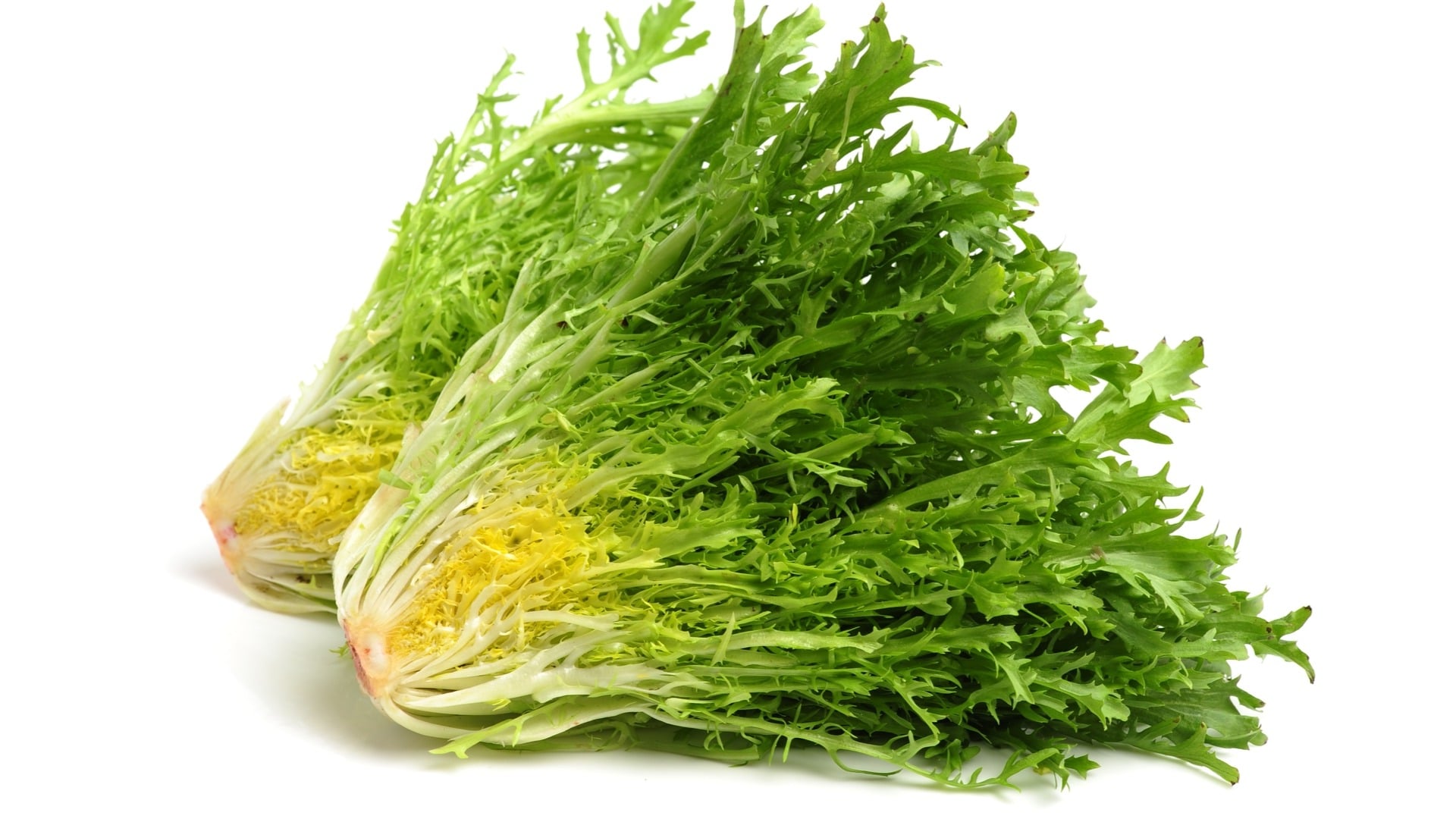
Frisée, also known as curly endive, is a leafy green that often adds a touch of elegance to salads. But what makes this green so special? Frisée stands out with its curly, frizzy leaves and slightly bitter taste, making it a favorite among chefs and food enthusiasts. Originating from the chicory family, this green packs a punch not just in flavor but also in nutrients. Rich in vitamins A, C, and K, frisée supports overall health while adding a unique texture to dishes. Whether you're a seasoned cook or just starting, learning about frisée can elevate your culinary game. Ready to dive into the world of this fascinating green? Let's get started!
Key Takeaways:
- Frisée, also known as curly endive, is a versatile leafy green with a slightly bitter taste. It's low in calories, high in fiber, and packed with essential vitamins, making it a healthy and delicious addition to salads and other dishes.
- Growing frisée can be environmentally friendly, as it can be grown organically and in small spaces. Its hardy nature and ability to thrive in less-than-ideal conditions make it a symbol of frugality and thriftiness in the language of flowers.
What is Frisée?
Frisée, also known as curly endive, is a leafy green often used in salads. Its unique texture and slightly bitter taste make it a favorite among chefs and home cooks alike. Let's dive into some interesting facts about this versatile green.
-
Frisée is part of the chicory family, which also includes radicchio and Belgian endive. This family is known for its slightly bitter flavor profile.
-
The name "frisée" comes from the French word for "curly," which perfectly describes its frilly, curly leaves.
-
Unlike other greens, frisée is often blanched during its growth. Farmers cover the plant to block sunlight, which reduces bitterness and lightens the color of the leaves.
Nutritional Benefits of Frisée
Frisée isn't just tasty; it's also packed with nutrients. Here are some health benefits you might not know about.
-
Frisée is low in calories but high in fiber, making it a great choice for those looking to maintain a healthy weight.
-
It's rich in vitamins A and K. Vitamin A is essential for eye health, while vitamin K plays a crucial role in blood clotting and bone health.
-
This leafy green also contains folate, which is important for cell division and DNA synthesis, making it especially beneficial for pregnant women.
Culinary Uses of Frisée
Frisée's unique texture and flavor make it a versatile ingredient in the kitchen. Here are some ways you can use it.
-
Frisée is often used in salads, where its curly leaves add both texture and visual appeal.
-
It pairs well with rich ingredients like bacon, cheese, and poached eggs. One classic dish is the French salad "Salade Lyonnaise," which features frisée, lardons, and a poached egg.
-
You can also sauté frisée with garlic and olive oil for a quick and nutritious side dish.
Growing Frisée
Interested in growing your own frisée? Here are some tips to get you started.
-
Frisée prefers cool weather, so it's best planted in early spring or late summer.
-
It requires well-drained soil and regular watering. However, be careful not to overwater, as this can lead to root rot.
-
To blanch frisée, cover the plants with a cloth or opaque material about two weeks before harvesting. This will reduce bitterness and make the leaves more tender.
Fun Facts About Frisée
Frisée has some quirky characteristics and historical tidbits that make it even more interesting.
-
Frisée has been cultivated since ancient times. The Romans and Greeks were known to grow and eat various types of chicory, including frisée.
-
In the language of flowers, frisée symbolizes frugality and thriftiness, likely due to its hardy nature and ability to grow in less-than-ideal conditions.
-
Frisée is often used as a garnish in high-end restaurants, thanks to its unique appearance and ability to hold up well under dressing.
Frisée in Popular Culture
Believe it or not, frisée has made its way into popular culture in some surprising ways.
-
Frisée has been featured in several cooking shows and competitions, where chefs showcase its versatility and unique flavor.
-
It's also a favorite among food bloggers and Instagram influencers, who love to photograph its curly, intricate leaves.
-
Some high-end restaurants have even created signature dishes centered around frisée, elevating this humble green to gourmet status.
Environmental Impact of Growing Frisée
Growing frisée can be environmentally friendly if done correctly. Here are some considerations.
-
Frisée can be grown organically, reducing the need for harmful pesticides and fertilizers.
-
It can also be grown in small spaces, making it a great option for urban gardening and reducing the carbon footprint associated with transporting greens from farm to table.
Final Thoughts on Frisée
Frisée isn't just a pretty face in your salad bowl. This curly lettuce packs a punch with its nutritional benefits and unique flavor profile. Rich in vitamins A and C, frisée helps boost your immune system and keeps your skin glowing. Its slightly bitter taste adds a sophisticated twist to any dish, making it a favorite among chefs and home cooks alike. Plus, it's super versatile—whether you're tossing it in a salad, using it as a garnish, or even grilling it, frisée can elevate your culinary creations. So next time you're at the grocery store, don't overlook this leafy green. Give frisée a try and enjoy all the health benefits and flavor it brings to your table. Happy cooking!
Frequently Asked Questions
Was this page helpful?
Our commitment to delivering trustworthy and engaging content is at the heart of what we do. Each fact on our site is contributed by real users like you, bringing a wealth of diverse insights and information. To ensure the highest standards of accuracy and reliability, our dedicated editors meticulously review each submission. This process guarantees that the facts we share are not only fascinating but also credible. Trust in our commitment to quality and authenticity as you explore and learn with us.


